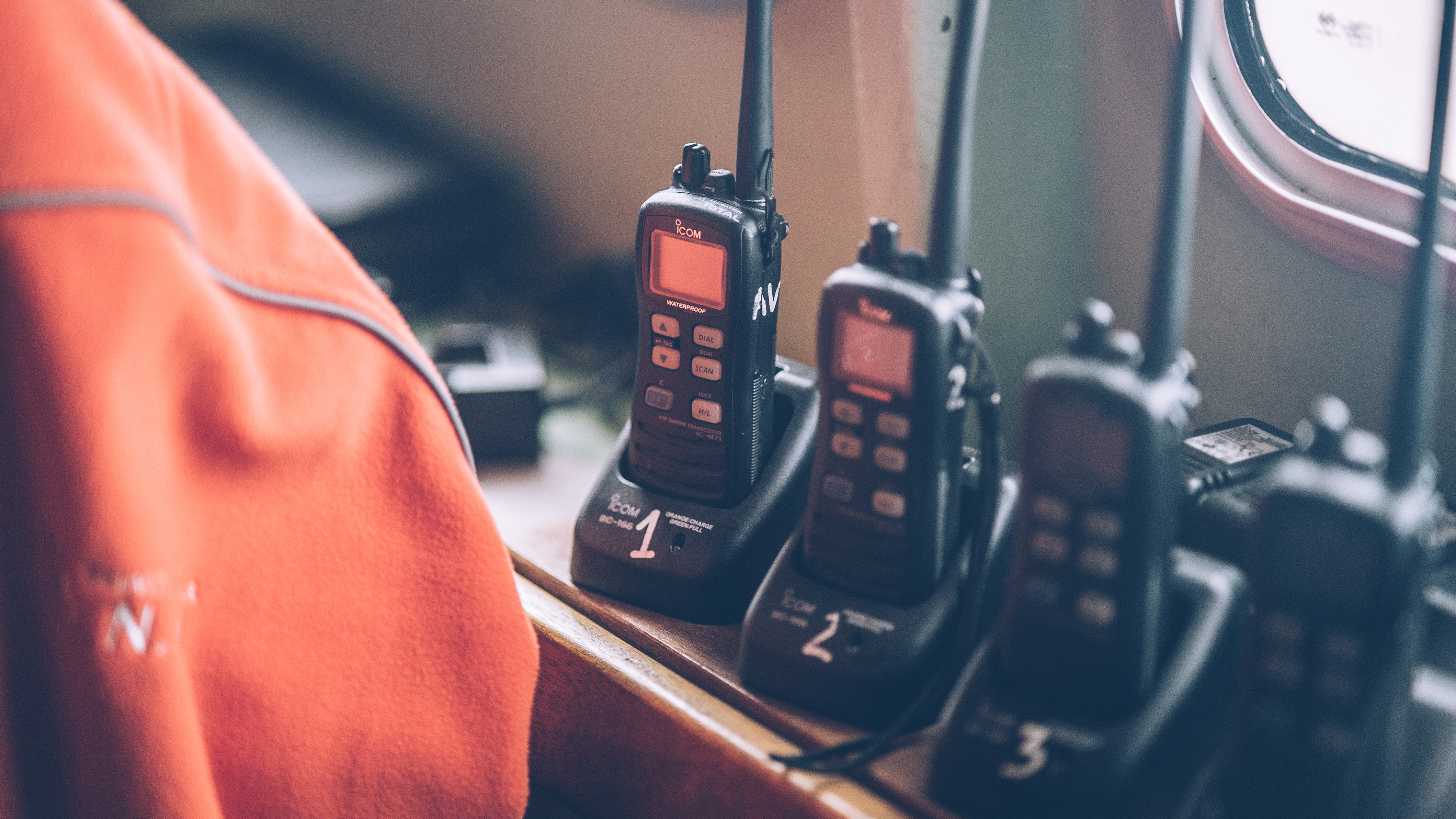Music Festival On-Site Communicatiuons Using Two-Way Radios.

The use of Two-way radios has been a fixture of large festivals for decades and organisers still see them as a vital part of on-site communications. With the advances in mobile phone technology do on-site Two-way radios still have a role to play in the festival site communications infrastructure.
There are numerous reasons why use of Two-way radios still have a role to play in on-site communications. The main benefit is their low cost whether buying or renting along with ease of use and reliability. Two-way radios work regardless of how busy an area may be and workers can easily interact with each other from different locations throughout the festival site at the touch of a button.
Technology.
Whilst many Two-way radios are still analogue the move is now towards more digital capabilities depending on the uses required. A two-way radio system can be as simple as two radios connecting directly to each other, or as complex as an encrypted network. The conversion to radio waves can be sent as an analogue signal or a digital signal, with digital transmission it is possible to send other types of data over the radio waves such as text messages and status updates. It is even possible to encrypt data when using digital radio to stop people using the network without permission. Many Two-way radios have a range limited to about 100m but this can be extended by using repeater stations throughout a site. Depending on the sophistication of the equipment used operators may need to comply with the UK DMR (Defence Maritime Regulator) licensing requirements.
Buy or Rent.
The investment required when using Two-way radios will really depend on the size of the festival and the site. For small festivals it’s possible to invest less than $1,000 and buy a system with 6 or 8 units, the system may have limitations in range and features but can usually be operated without a DMR licence and reused year after year. For a large-scale music festival that perhaps has hundreds of volunteers and operational staff on-site it may be more effective to rent a comprehensive system. External contractors can install a DMR licensed digital Two-way radio infrastructure than can handle up to 600 units for example.
The Future of Mobile vs, Radios.
Even with advances in technology and sophistication of mobile devices they are still limited by bandwidth and potential connectivity issues. Mobile devices require users to physically make and receive calls where signals can drop and speech is not clear. Two-way radios are designed to offer clear communication in most conditions and they often include features that reduce wind noise and allow resistance to vibration, extreme temperatures and wet conditions. It is likely that Two-way radios will remain an essential part of the music festival for the foreseeable future.
For festival organisers planning their events using a software management platform like Festival Pro gives them all the functionality they need manage every aspect of their event logistics. The guys who are responsible for this software have been in the front line of event management for many years and the features are built from that experience and are performance artists themselves. The Festival Pro platform is easy to use and has comprehensive features with specific modules for managing artists, contractors, venues/stages, vendors, volunteers, sponsors, guestlists, ticketing, cashless payments and contactless ordering.
Photo by Grégory Costa via Pexels
<< Back to articles
Contact us
Get in touch to discuss your requirements.
US: +1 424 485 0220 (USA)
UK: +44 207 060 2666 (United Kingdom)
AU: +61 (2) 8357 0793 (Australia)
NZ: +64 (0)9887 8005 (New Zealand)